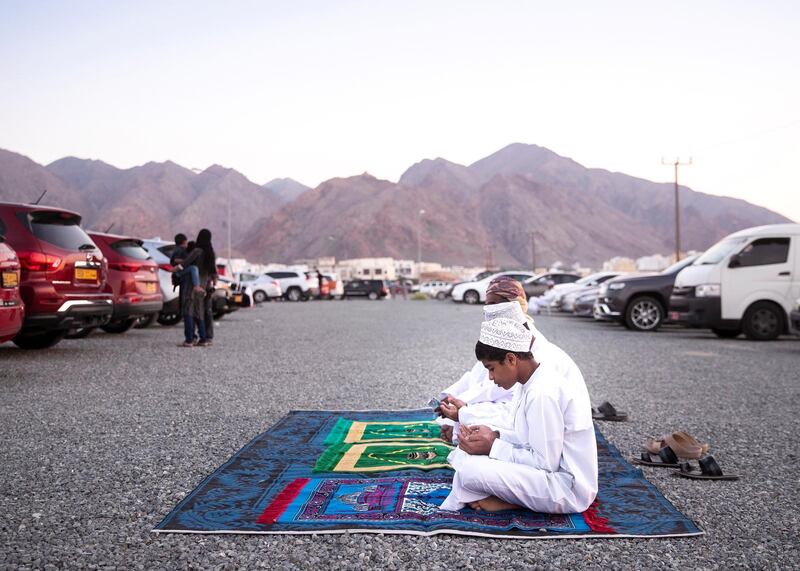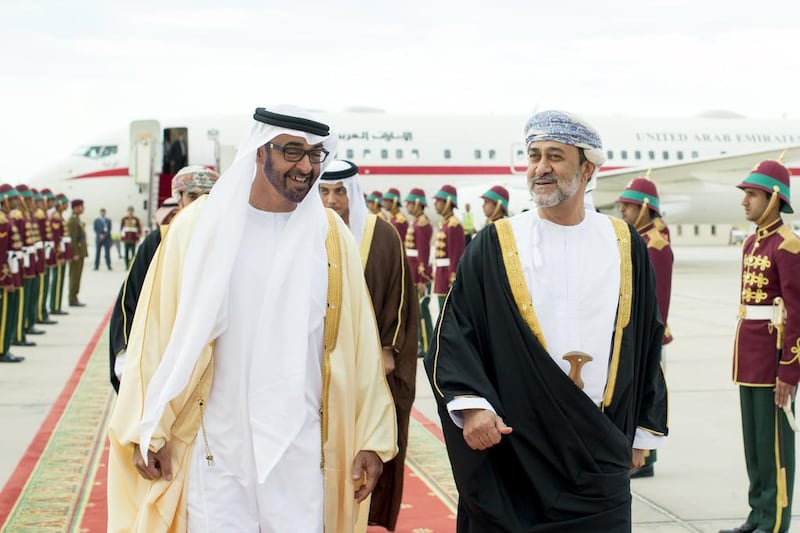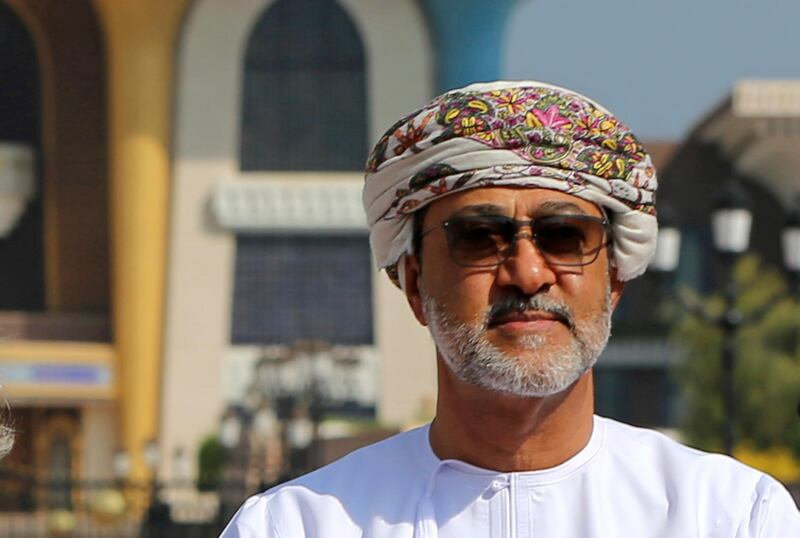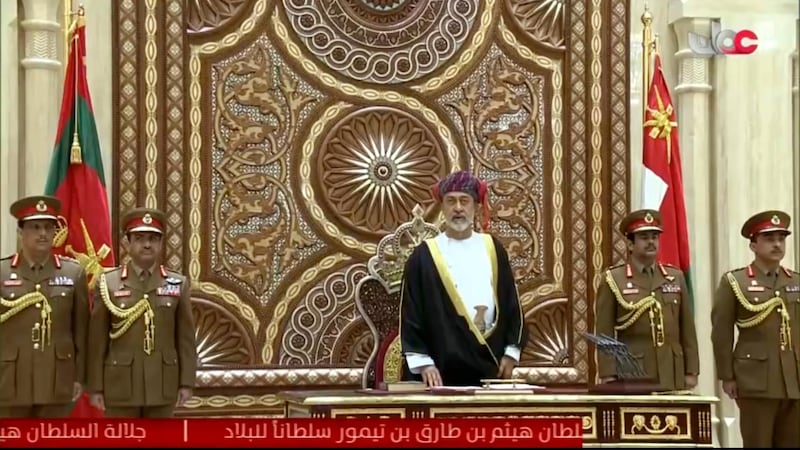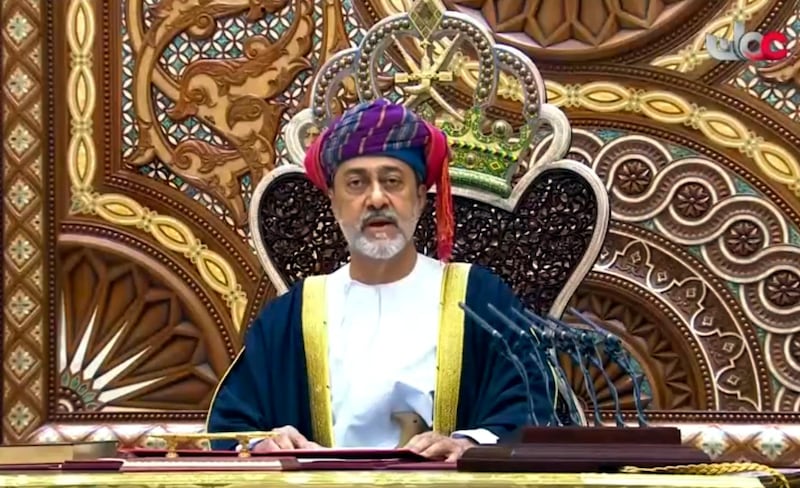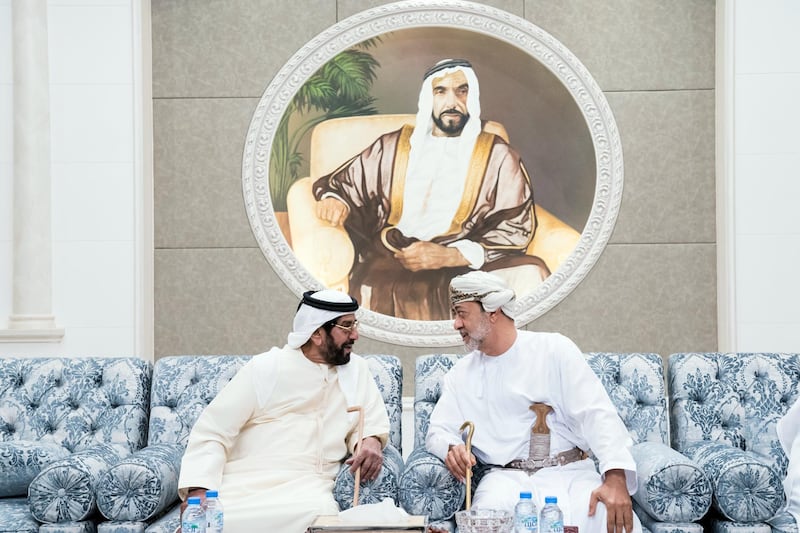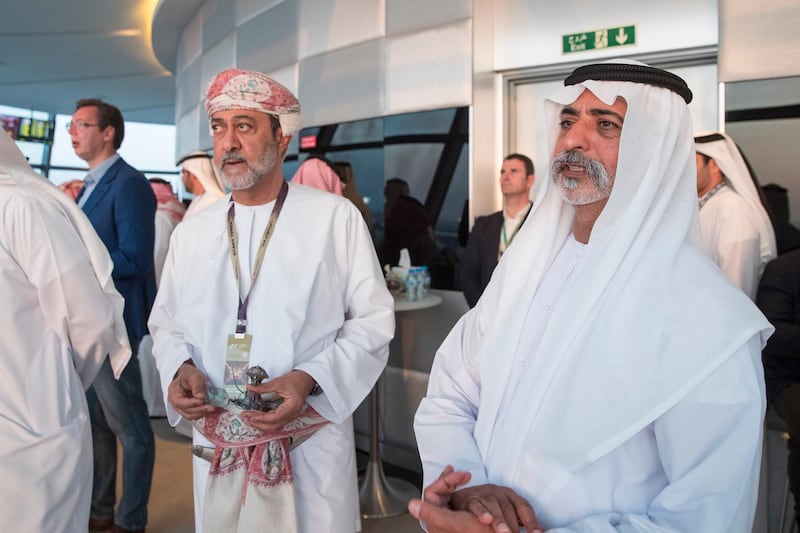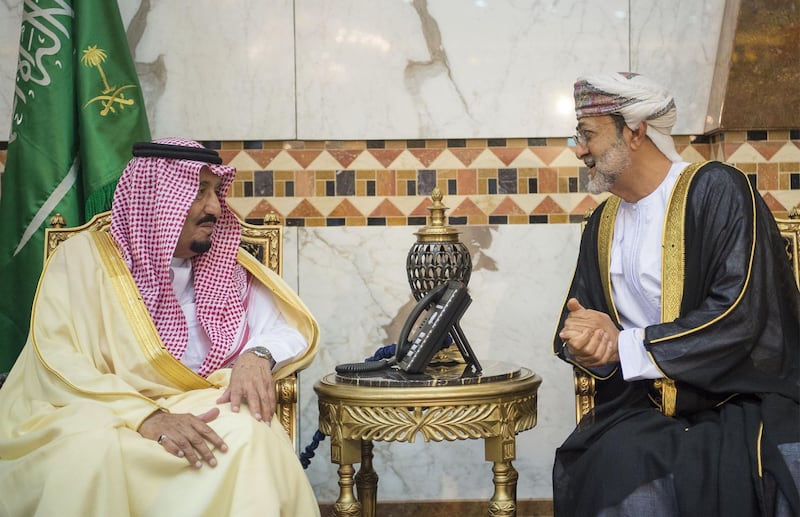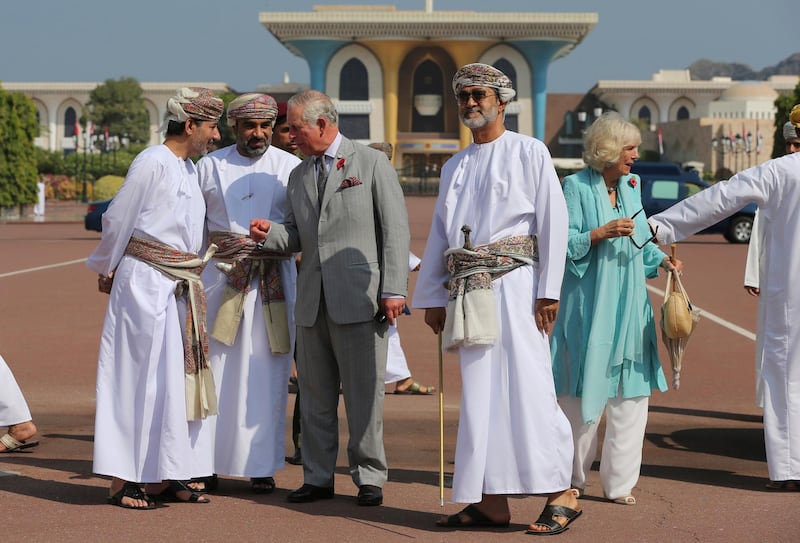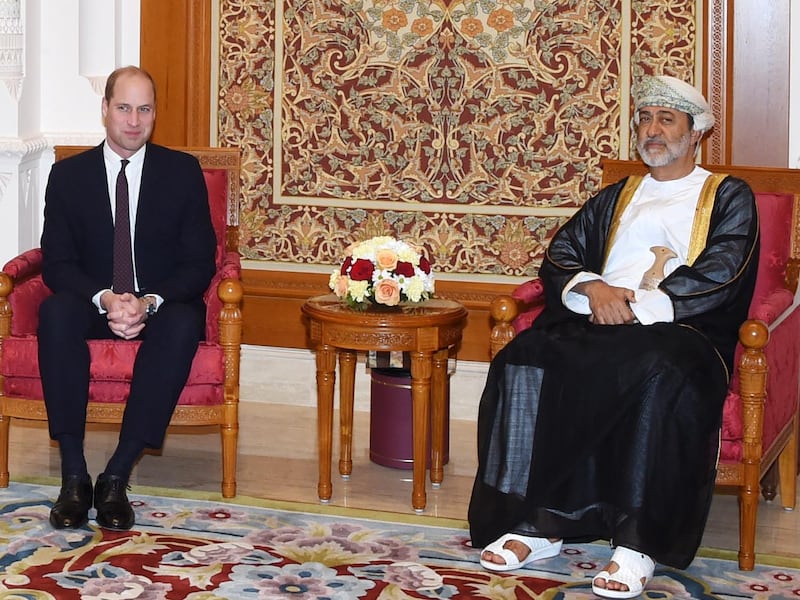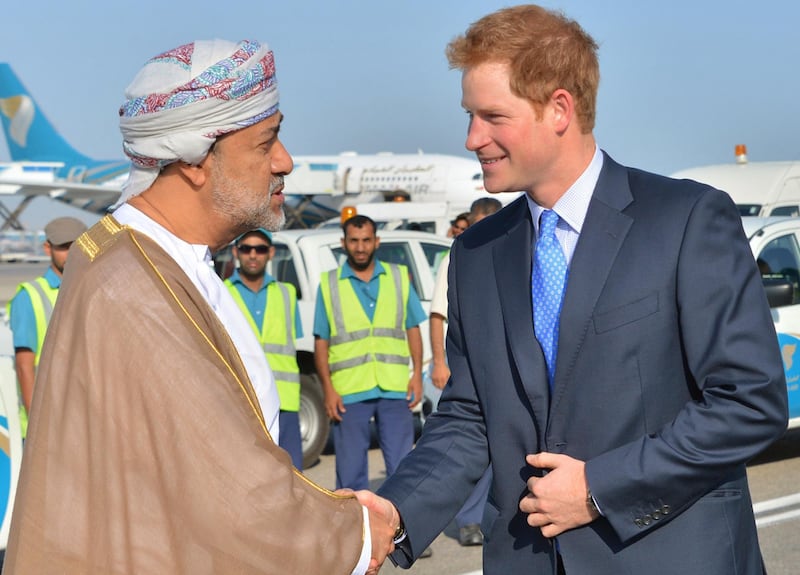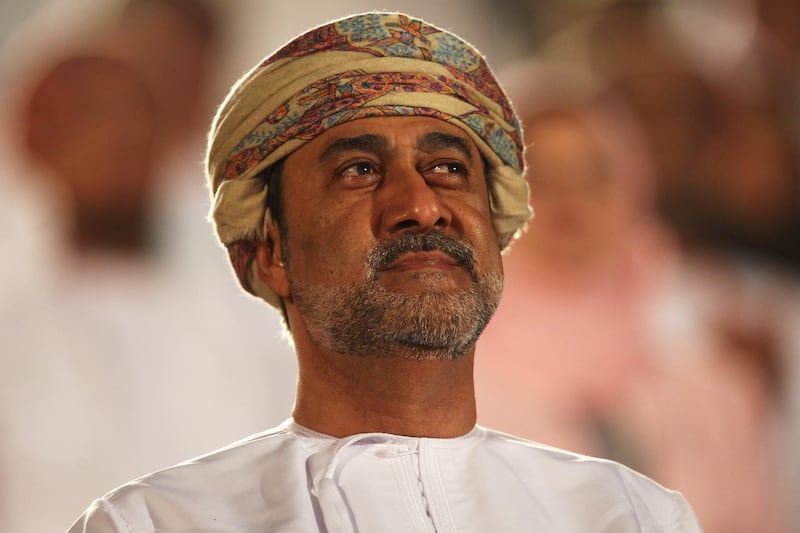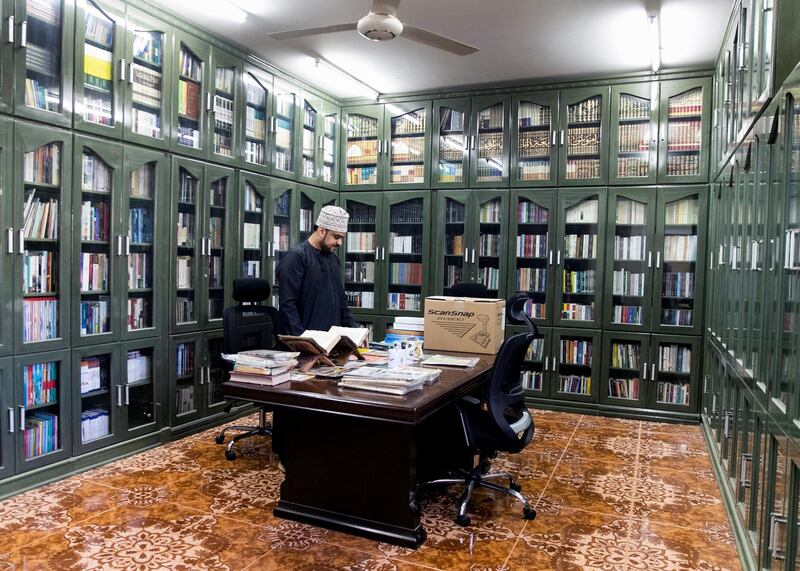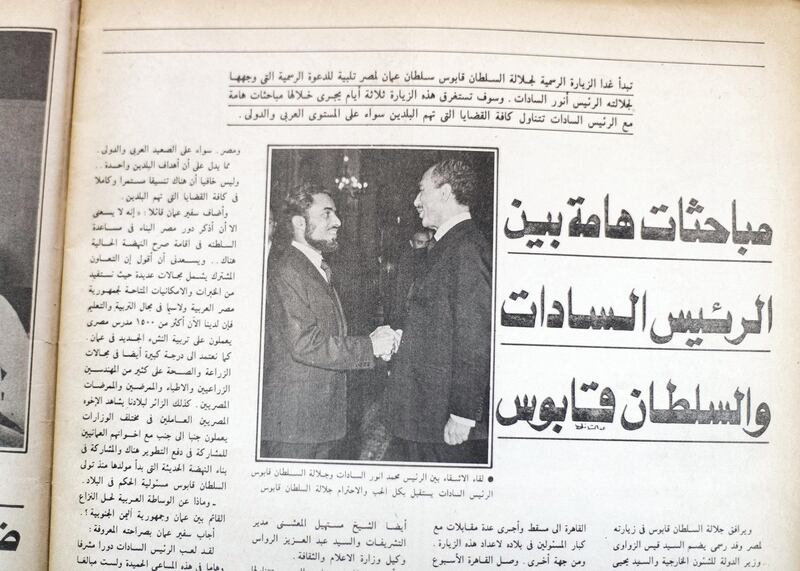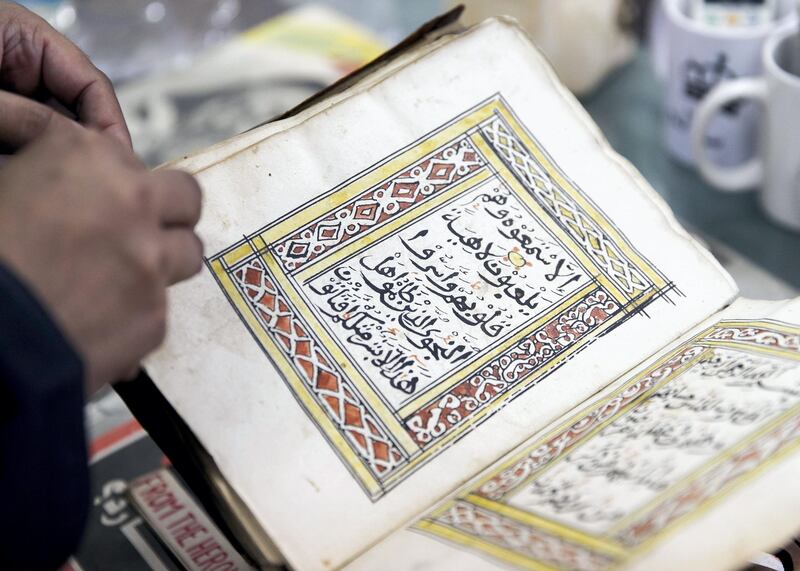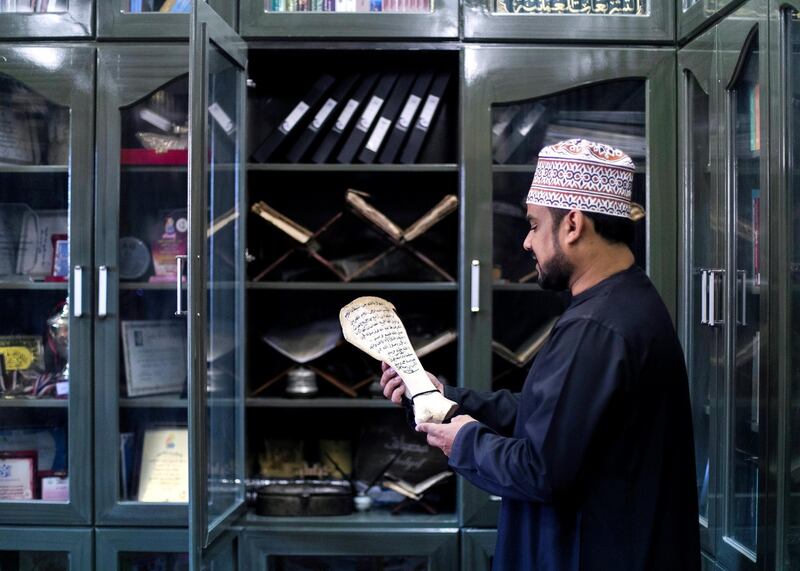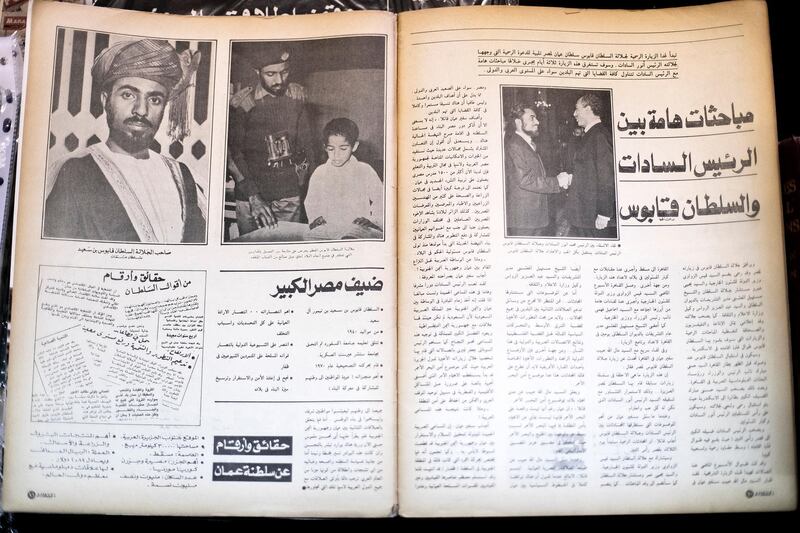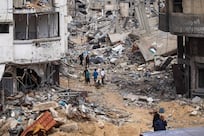Rashid Al Badi was 5 years old when he first heard of Sultan Qaboos.
It was July 1970. He was playing in the water canal on his father’s farm with a toy boat made of banana leaf when his cousin came with news from Muscat.
When his cousin left, his father told him, “Today, there is a new ruler, Sultan Qaboos.”
“What does that mean?” asked the boy.
“It means now we can build houses, we can own land, and there will be schools,” his father replied.
A new sultan
Nearly every family in Oman has a personal story about Sultan Qaboos, the man who ruled Oman for 49 years until his death last week. When he overthrew his father, Oman had just 10 kilometres of paved road, 12 hospital beds, 16 schools and a life expectancy of 49 years. Sultan Qaboos propelled the country into the 20th century with education, health care, infrastructure and all that a state blessed with oil and gas could afford.
During his rule he also served prime minister, defence minister and finance minister.
The government announced at dawn on Saturday his death after a long illness.
His chosen successor, a guarded secret, was his Oxford-educated cousin Haitham bin Tariq.
Sultan Haitham is well placed to tackle Oman’s future challenges. He was head of the Vision 2040 committee, a roadmap for diversification to modernise the agricultural sector, boost tourism and develop technology.
Sultan Haitham has inherited a country with a developed infrastructure and an educated population, but faces a new set of trials.
Oman's national oil reserves are projected to last just 13 years. The GDP growth has fallen to 0.7 per cent and unemployment stands at 17 per cent. It is estimated that 40 per cent of its 4.9 million people are under age 25 and the youth unemployment rate is 49 per cent, according to the World Bank.
Movements against corruption and rising living costs brought nationwide protests in 2011, and smaller demonstrations in Muscat in 2017 and 2018.
What do Omanis want for the future? National unity, a foreign policy of neutrality, education, 5G infrastructure, and, most of all, jobs.
Muscat
Shops, schools and offices were shut for three days of mourning after the Sultan’s death was announced on Saturday.
The next day was the first official day of mourning but Faisal Al Wahaibi was at his cousin’s roadside barbecue and food truck in Muscat, cooking skewers of meat slathered in tamarind sauce.
“This job is what six or seven of the guys working here depend on for their livelihood,” said Mr Al Wahaibi, who left secondary school to work.
“We’re hoping for more employment. I want my brothers to find work. Not only doing this job but in a job with a stable income. We can’t depend on this.”
The older generation had it better, he said. “Then, the jobs would come to you. Now it’s the opposite.”
The wali’s office
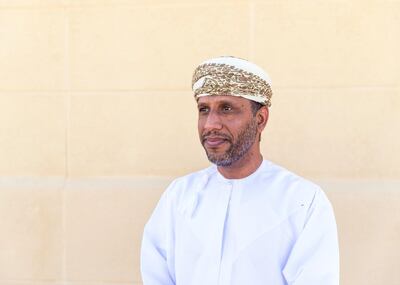
On the second day of mourning, thousands stood outside Muscat’s Al Alam Palace, waiting beneath stormy skies to enter its gates and shake hands with the new ruler.
Similar scenes played out across Oman at offices of the wali, the sultan’s local representative.
In the coastal town of Suwaiq, 100 kilometres north of Muscat on the Batinah coast, more than 500 men arrived each day to offer condolences. It was a show of allegiance.
“We know some difficulties will come and as Omanis we’re all behind Sultan Haitham,” said Abdullah Al Araimi, 52, a professor visiting the wali’s office in Suwaiq. “I think the main issue for our world now is technology. Sultan Qaboos, he built the infrastructure of this country but technology needs to be modernised. We have to adopt to new technology or we will be left behind.”
Two days on gravel
Motorway 15 runs up the coast north of Muscat, palm and banana plantations to the west, sea to the east. The drive from Muscat to the town of Saham takes less than two hours.
In the 1960s, it was a two-day journey. Mariam Al Shehhi travelled days before labour to give birth safely at a hospital.
“Non-stop,” said Ms Al Shehhi, who is now in her sixties. “Two days on gravel. It was not comfortable.”
Ms Al Shehhi made three trips to the Muscat hospital. Her fourth child was born after 1970 at a hospital in the nearby city of Sohar.
Men travelled abroad for work. Ms Al Shehhi's husband sailed the trade routes of the Indian Ocean. She keeps a grainy photo of his crew and ship, the deep-bellied wooden dhow Fet Al Bari.
“My husband’s here somewhere and his father is here too,” said Ms Al Shehhi, pointing to the blurred photograph. The ship sank off Mombasa after a collision. The crew were washed ashore. All survived. A model of the ill-fated vessel sits on their TV console.
'I just want to be independent'
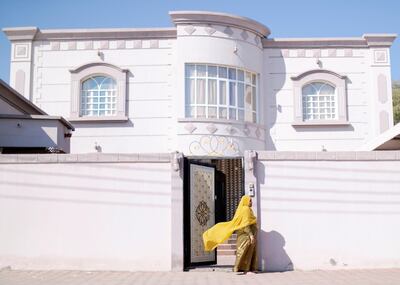
People still leave.
Ms Al Shehhi’s granddaughter, Rahma Al Balooshi, returned to Oman in July after completing a degree in otology in the UK on a Sultan Qaboos Scholarship.
“At the beginning I was not accepting the idea that I would stay here forever,” said Ms Al Balooshi, 23. “I mean, I am young and everything I need, I can find easily in the UK.
“Let’s talk about, for example, transportation. I do have my driving licence but I’m not allowed to be out after 10 or 11 o’clock at night.”
Her hometown Saham, population 140,000, feels small. She volunteers in the cities of Sohar and Muscat. She is looking for work but sees jobs go to those with wasta, or social connections.
“I just want to be independent. I mean, financially. I want to stay in my own apartment.”
Her sister and friend, chemical engineering graduates, have job hunted for months. Sometimes advertised jobs are only for men.
Ms Al Balooshi has expanded her search to other Gulf countries. “We don’t mind. We just need jobs.”
Ms Al Balooshi expects to find employment but if nothing happens in a year, she will return to the UK to study.
Bahla
Motorway 15 winds from Muscat through the stark interior, past villages of white houses nestled in the folds of barren mountains.
Inside one such house near the city of Bahla is Salim Al Jadidi’s collection of 2,032 historical documents. There are personal letters, a permit for a pilgrim’s donkey at Hajj, anti-British propaganda from the Jebel Al Akhdar war, scraps of paper on magic spells, Egyptian newspapers with pan-Arab icons and school lessons scrawled on bleached camel bones from the 1960s, when they were more common than paper.
Mr Al Jadidi is building an online, public access archive. By day, he works at a date palm cultivation centre.
Bahla was a centre of the Ibadi imamate that once governed the interior. Decades of conflict between the imamate and the sultanate climaxed in the Jebel Al Akhdar war from 1954 to 1959.
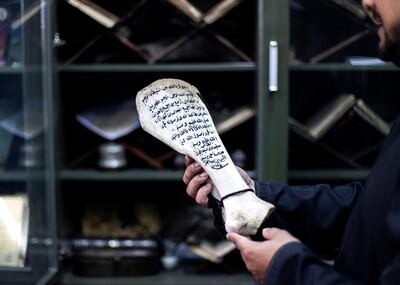
This history was once taboo. Social restrictions eased around 2002 after Sultan Qaboos gave a speech on intellectual rights.
“I have the recording,” says Mr Al Jadidi, scanning his phone. “After he gave that speech, people began researching openly, critically. Society was a bit sensitive before but recently, no.”
Oman has adherents of three Islamic sects, numerous tribes and great linguistic plurality. The government carefully cultivates an identity of tolerance, the idea that Oman was a friend to all states, a peace broker, a place where Sunni, Shia and Ibadi Muslims pray side by side.
Mr Al Jadidi hopes Oman will maintain political neutrality.
“I don’t think sectarian or religious division will be a problem for Sultan Haitham,” he said. “Oman is not on the road to civil war because the identity of the people is Omani, it’s not sectarian.”
History teaches lessons, he added. “The important thing for the future is nobody will intervene from outside unless you let them.”
Graveyard
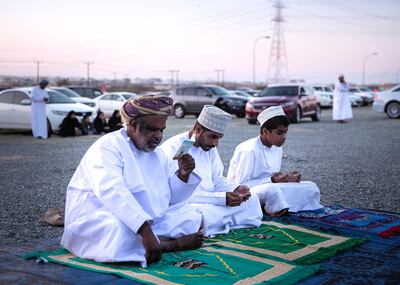
At sunset on the third day of mourning, residents travelled to the royal cemetery at the mountainous edge of Muscat. Sultan Qaboos was buried inside behind a tall, blank wall. Soldiers were stationed at every gate. Omani and South Asian families sat on picnic mats and prayer rugs, or knelt in the dust, facing the wall, heads bent and hands lifted in prayer. Dusk fell and evening prayers began. Mourners turned west and prayed towards Makkah. Then they resumed supplications, hundreds of murmurs for a sultan whose grave lay out of sight.
